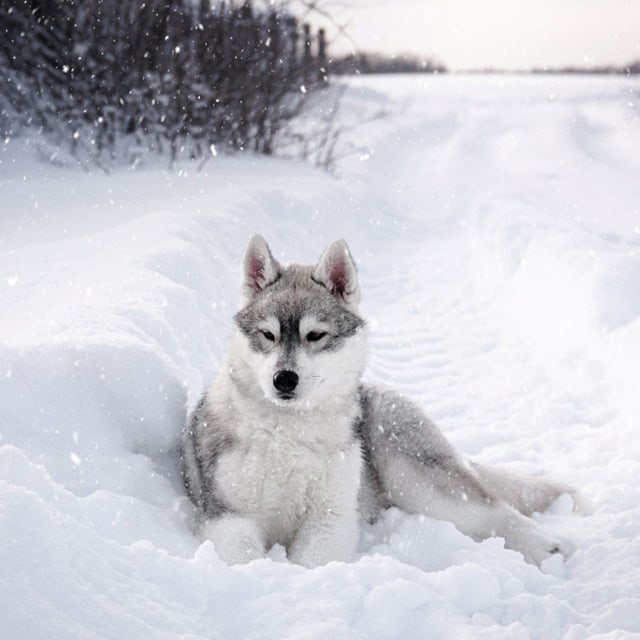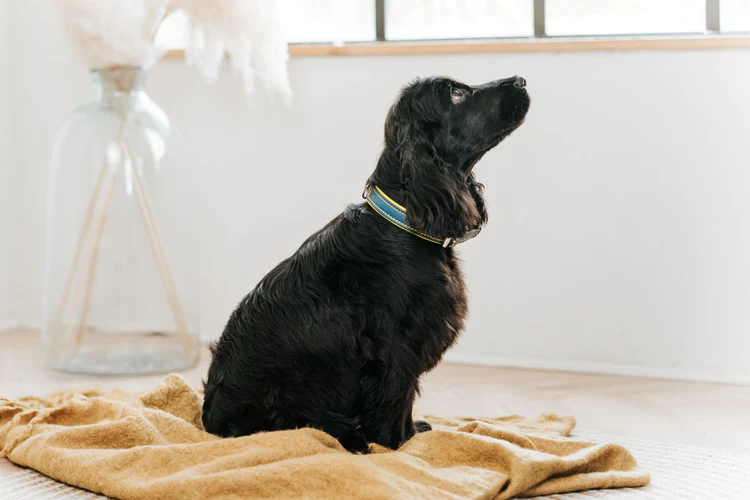Warning: Undefined variable $custom_content in /www/wwwroot/adoptorbuy.com/wp-content/themes/fairy-blog/functions.php on line 107
Ice, snow, nowhere to go . . .
In 2006, Disney released “Eight Below”, a film that tells the story of a pack of abandoned sled dogs and their struggle to survive the hostile Antarctic landscape. This film is based on the Japanese film “Antarctica” (1983), and that both of these films are based on the true story of the ill-fated 1958 Japanese expedition to Antarctica.
Antarctic Expedition
The Japanese Antarctic Research Expedition Program (JARE) had established a research station in 1957 on East Ongul Island. The Syowa Station, as it was called, was to host a team of researchers for the first over-winter expedition. There was a team of 11 researchers, supported by a team of 15 dogs. The dogs, all males, were Sakhalin Huskies (in Japan the breed is known as Karafuto-ken). The dogs were there to pull sledges to and from the base.
The idea was for the team to spend an entire year there, with another replacing them the following year. Unfortunately, the relief team’s boat became stuck in ice too far from the base to be of any assistance. The researchers, and their dogs, were stranded. The researchers were soon evacuated by helicopter, but the 15 dogs had to be left behind.
Taro and Jiro
The dogs were left tied up, with enough food to last them for a few days. Although the JARE was criticised for abandoning the dogs, it seems that evacuating the dogs would have been an unacceptable risk to the human team and their rescuers.
A team of researchers returned to the research station in 1959, and found seven of the dogs dead, still chained up. Unexpectedly, the other dogs had been able to break free and leave the base. The team stumbled upon the dogs Taro and Jiro not for from the research station.
Taro and Jiro were brothers and the youngest members of the husky pack at three years of age. Somehow the pair had survived the harsh Antarctic environment for 11 months. They hadn’t even resorted to cannibalism, leaving the bodies of their pack mates untouched and unspoiled. To this day it is uncertain how the survived. It is speculated that they learnt to hunt and managed to catch penguins or seals, eating just enough to survive for all those months.
Returning as heroes
Taro and Jiro were rescued and taken back to Japan where they were greeted as heroes by the public. The Karafuto-ken breed’s popularity skyrocketed, and they remained popular up until the 1990s.
Jiro continued to work as a sledge dog at Syowa Station until his death by natural causes in 1960. Taro was returned to Sapporo, his hometown, and lived at Hokkaido University until his death in 1970. Both dogs were embalmed. Jiro’s body can be seen the National Museum of Nature and Science in Ueno District, Tokyo, and Taro’s body is on display at the Museum of National Treasures at the Botanical Garden of Hokkaido University. There is a monument dedicated to the brothers and the rest of their pack at the base of Tokyo Tower, erected by the Japanese Society for the Prevention of Cruelty to Animals.
The Films
Film-maker Koreyoshi Kurahara immortalised the tale of Jiro and Taro in his 1983 film “Antarctica” (Nankyoku Monogatari”). The film depicts how the pack might have been able to escape their chains and struggle to survive the Antarctic winter, based on the data available. “Antarctica” was extremely popular and was nominated for several international awards. It features a beautiful score by Vangelis, and hauntingly beautiful imagery, such as scenes of the dogs gazing up at the flickering light of the Aurora.
“Eight Below” was Disney’s take on the story. The story is Americanised, so the team stationed in the Sotuh Pole is now American, with a pack of eight huskies (both Alaskan Malamutes and Siberian Huskies) forced to contend with survival in Antarctica. The film is somewhat “Disneyfied”: far more of the dogs survive than in real life (six out of eight survive the film). Nevertheless, the film tells an effective, inspiring, and even tender story of courage and companionship, and is well worth watching if only for the fantastic canine actors.


